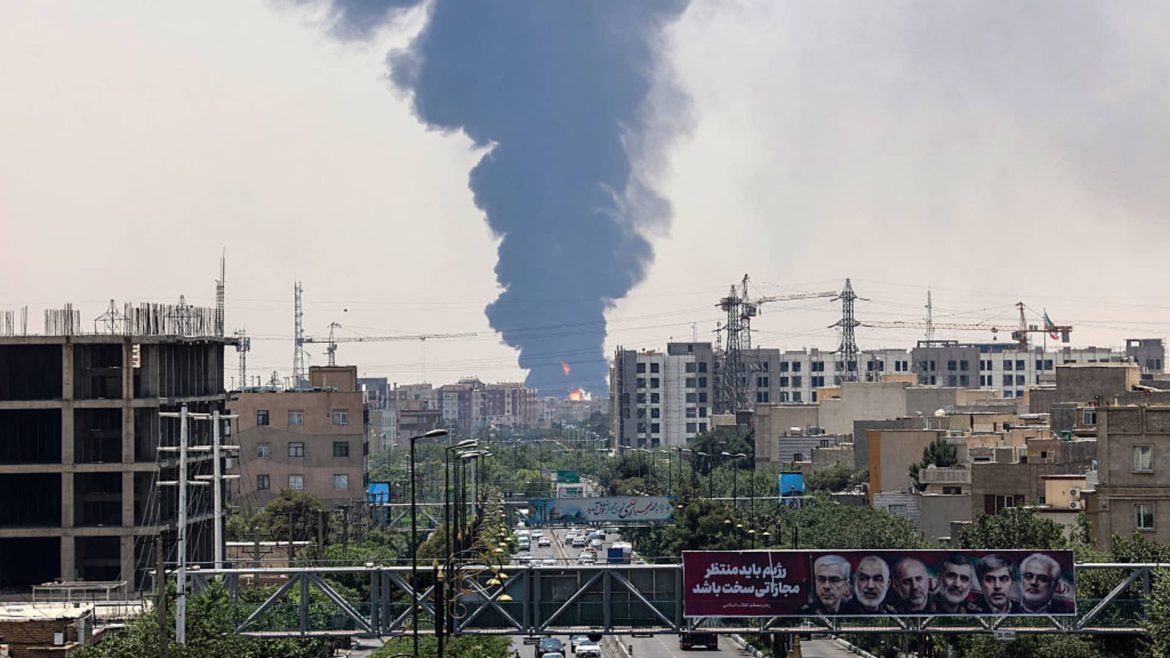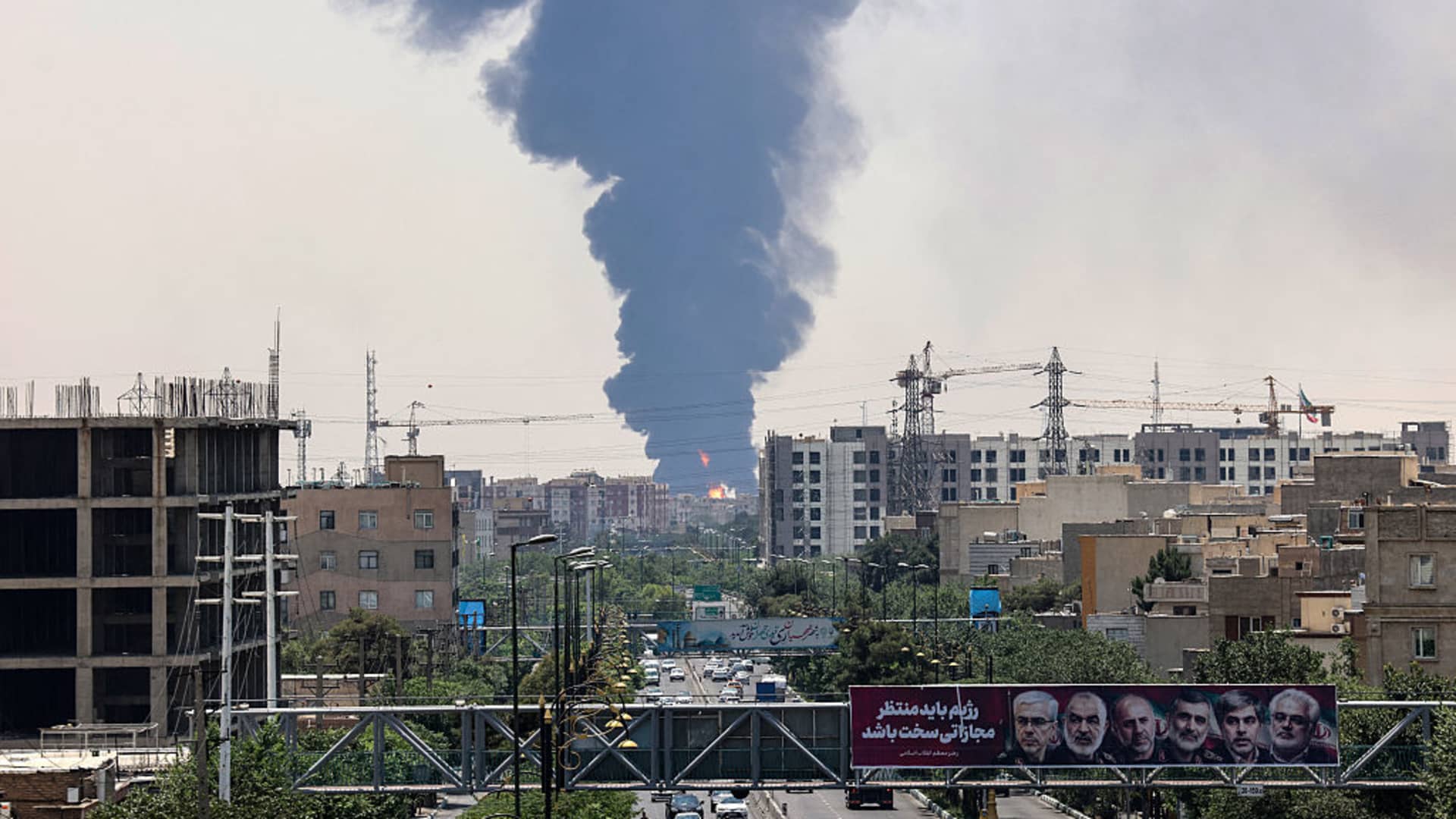A Rapidly Escalating Situation: Analysis of Reported U.S. Strikes on Iranian Nuclear Sites
The international landscape shifted dramatically on June 21st, with reports emerging of U.S. military strikes against Iranian nuclear facilities. These actions, announced by former President Donald Trump via his Truth Social platform, represent a significant escalation in tensions between the U.S. and Iran, and occur amidst an already volatile context of conflict between Israel and Iran. The speed with which this situation unfolded, coupled with the unconventional method of announcement, demands careful analysis.
The Core Assertion: Confirmed Strikes on Three Key Sites
The overwhelming consensus across multiple news outlets – including NBC News, POLITICO, USA TODAY, and others – confirms that Donald Trump asserted the completion of U.S. strikes on three specific Iranian nuclear sites: Fordow, Natanz, and Esfahan. This isn’t a case of conflicting reports; the core claim of an attack is consistently presented. The phrasing used by Trump – “very successful attack” and “completed” – suggests a decisive action, intended to project strength and accomplishment. The consistent repetition of this message across various platforms underscores its deliberate nature.
Identifying the Targeted Facilities: Strategic Significance
The selection of these three sites is particularly noteworthy. Each facility plays a crucial role in Iran’s nuclear program, making them high-value targets in any attempt to curtail Iran’s nuclear capabilities.
- Fordow: This is a uranium enrichment facility built deep underground, designed to be highly resistant to airstrikes. Its location and construction make it a symbol of Iran’s determination to pursue nuclear technology, and its destruction would represent a substantial setback.
- Natanz: Another key uranium enrichment facility, Natanz has been the target of sabotage in the past, including attacks attributed to Israel. It’s a central hub for Iran’s enrichment activities, vital for producing nuclear fuel.
- Esfahan: This site houses several nuclear facilities, including a uranium conversion facility and research reactors. It’s a broader complex involved in various stages of the nuclear fuel cycle.
Targeting these three sites simultaneously indicates a comprehensive effort to disrupt multiple facets of Iran’s nuclear program, rather than a limited, symbolic strike.
The Context of Conflict: Israel-Iran Tensions and U.S. Involvement
The timing of these reported strikes is inextricably linked to the ongoing conflict between Israel and Iran. Several reports explicitly mention this connection, framing the U.S. action as directly joining Israel’s efforts. The phrasing used – “joining Israel’s effort to decapitate the country’s…” – suggests a coordinated strategy aimed at significantly weakening Iran’s nuclear infrastructure.
The reports indicate the U.S. action occurred during the second week of this escalating conflict, implying a shift in the U.S. role from observer to active participant. This represents a major departure from previous U.S. policy, which has largely focused on diplomatic efforts and sanctions to restrain Iran’s nuclear ambitions.
Domestic Political Ramifications: Republican Division
The reports also highlight a surprising element: division within the Republican party regarding these strikes. While Trump announced the attacks, the news indicates that even his closest allies are divided on the wisdom of this course of action. This internal dissent suggests a lack of consensus on the appropriate U.S. response to the situation in Iran, and raises questions about the long-term political implications of these strikes. The fact that this division is noted across multiple news sources reinforces its significance.
The Method of Announcement: Unconventional Communication
The manner in which these strikes were announced – via a Truth Social post by Donald Trump – is highly unusual for such a significant military action. Traditionally, such announcements are made through official White House channels, with detailed briefings from the Department of Defense. Trump’s use of social media bypasses these established protocols, raising questions about transparency and accountability. This unconventional approach also contributes to the sense of rapid escalation and unpredictability surrounding the situation. The consistent reporting of this detail – the use of Truth Social – emphasizes the atypical nature of the communication.
Immediate Aftermath and Remaining Questions
Reports consistently state that “all planes are now outside of Iran air space,” suggesting a swift and decisive operation. However, the immediate aftermath remains largely unknown. There is no immediate reporting on Iranian responses, damage assessments, or casualties. The lack of this information creates a significant information vacuum, fueling speculation and uncertainty.
Several critical questions remain unanswered:
- Confirmation from Official Sources: While Trump’s announcement is widely reported, confirmation from the Department of Defense or the Biden administration is crucial.
- Iranian Response: How will Iran react to these strikes? Retaliation is highly likely, potentially escalating the conflict further.
- International Reaction: What will be the response from other international actors, such as the European Union, Russia, and China?
- Long-Term Strategy: What is the long-term U.S. strategy for dealing with Iran’s nuclear program and the broader regional conflict?
A Precarious Moment: Implications and Future Outlook
The reported U.S. strikes on Iranian nuclear sites represent a watershed moment in the relationship between the U.S. and Iran. These actions have the potential to trigger a wider conflict, with far-reaching consequences for regional stability and global security. The unconventional manner of the announcement, coupled with the domestic political divisions, adds to the complexity and uncertainty of the situation.
The coming days and weeks will be critical in determining the trajectory of this crisis. A swift and measured response from all parties involved is essential to prevent further escalation and to de-escalate tensions. The world now watches, bracing for the potential fallout from a dramatically altered geopolitical landscape. The situation demands careful monitoring and a commitment to diplomatic solutions, however challenging they may be.





